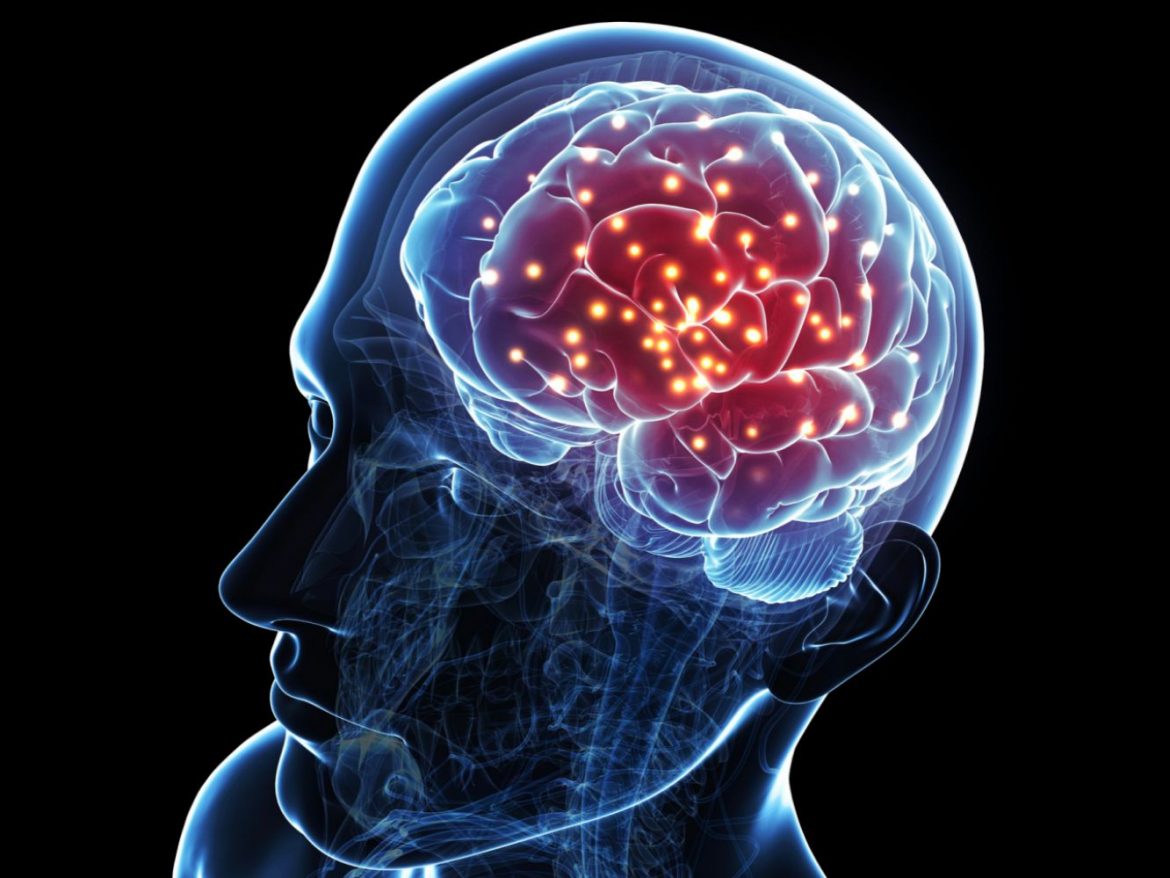Menopausal women may have greater amounts of a brain biomarker called white matter hyperintensities than premenopausal women or males of the same age, according to a recent research.
The research’s findings were disseminated in the journal Neurology. White matter hyperintensities are microscopic lesions that may be seen on brain scans and are more prevalent as people age or when their blood pressure is uncontrolledly high. Some studies have connected certain brain biomarkers to a higher risk of stroke, Alzheimer’s disease, and cognitive decline.
“White matter hyperintensities increase as the brain ages, and while having them does not mean that a person will develop dementia or have a stroke, larger amounts may increase a person’s risk,” said study author Monique M. B. Breteler, MD, PhD, of the German Center of Neurodegenerative Diseases (DZNE), in Bonn, Germany, and a member of the American Academy of Neurology.
“Our study examined what role menopause may have on amounts of these brain biomarkers. Our results imply that white matter hyperintensities evolve differently for men and women, where menopause or factors that determine when menopause starts, such as variations in the ageing process, are defining factors.”
3,410 individuals with an average age of 54 participated in the research. Of those, 58% were female, and 59% of the females were postmenopausal. Additionally, 50% of patients with high blood pressure had it uncontrolled, making about 35% of the total.
A brain MRI was performed on each individual.
Researchers analysed the scans and determined each participant’s average number of white matter hyperintensities. These brain biomarkers had an average total volume of 0.5 millilitres (ml). For males and women, respectively, the average total brain volume was 1,180 ml and 1,053 ml. In the region of the brain where white matter hyperintensities can be observed, the average total white matter volume was 490 ml for males and 430 ml for women.
Researchers discovered that postmenopausal women had higher levels of these brain biomarkers when compared to males of similar ages after controlling for age and vascular risk factors such high blood pressure and diabetes. Men exhibited an average total white matter hyperintensities volume of 0.72 ml in adults over 45, compared to 0.94 ml for postmenopausal women. Researchers also discovered that women saw a quicker rate of rise in brain biomarkers with age than men did.
Similar-aged premenopausal men and women did not vary in the average number of white matter hyperintensities.
Additionally, researchers discovered that premenopausal women of a similar age exhibited less white matter hyperintensities than postmenopausal women did. Postmenopausal women showed an average total volume of white matter hyperintensities of 0.51 ml compared to 0.33 ml for premenopausal women in a cohort of individuals aged 45 to 59.
Hormone treatment did not differ between postmenopausal and premenopausal women. According to Breteler, this study shows that hormone replacement treatment may not have a brain-protective impact after menopause.
Women with uncontrolled high blood pressure reported greater levels of this brain biomarker than males did, regardless of menopausal state.
“It has been known that high blood pressure, which affects the small blood vessels in the brain, can lead to an increase in white matter hyperintensities,” said Breteler.
“The results of our study not only show more research is needed to investigate how menopause may be related to the vascular health of the brain. They also demonstrate the necessity to account for different health trajectories for men and women, and menopausal status. Our research underscores the importance of sex-specific medicine and more attentive therapy for older women, especially those with vascular risk factors.”

